Sculpting Your Perfect Booty: Tailored Glute Workouts for Every Body Type
Understanding Glute Training for Different Body Types: Tailoring Your Workouts for Optimal Results
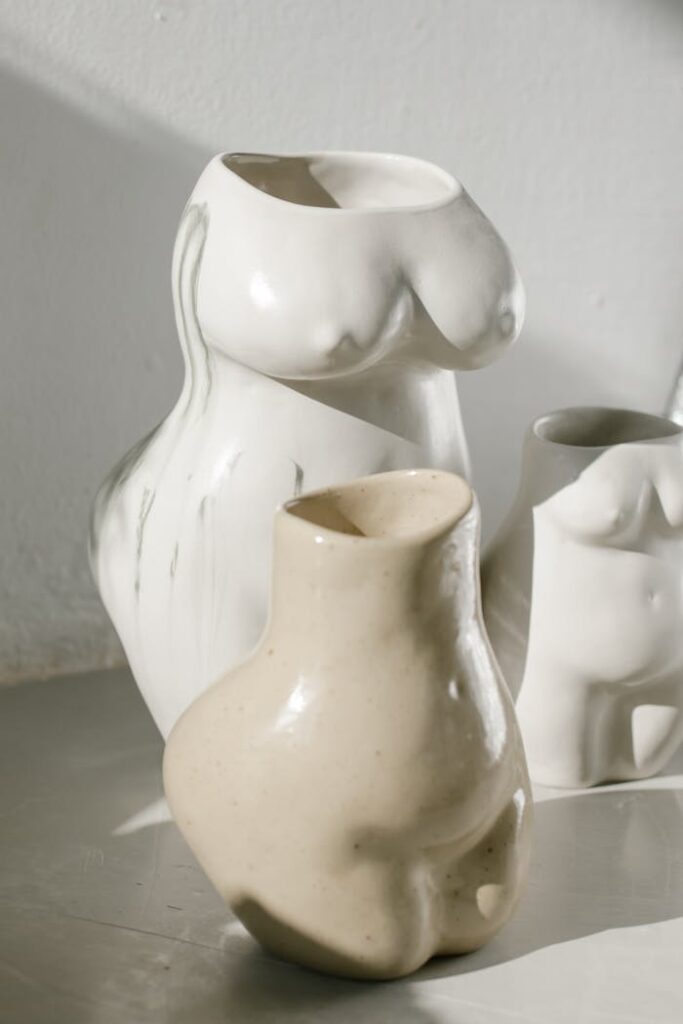
When it comes to sculpting the perfect glutes, it’s important to understand that not all glutes are built the same, nor do they develop in the same way. Each body type requires a unique approach to training, targeting the gluteus muscles and surrounding areas for optimal results. The desired appearance of the gluteus muscle—a full, perky, and symmetrically round shape—is a common goal, but not everyone fits this mold naturally. This doesn’t mean you are less than perfect; it simply means some people have more work to do in order to achieve their ideal look.
The Science Behind Glute Development
The way your body stores fat and how developed your gluteus muscles and supporting adjacent muscles are plays a significant role in the appearance of your glutes. While we cannot control how our bodies store fat, we do have control over how we develop our muscles. Understanding your body type and tailoring your workouts accordingly can help you achieve the best results. Also please understand that variables such as fat storage in other parts of the body can create many different hip and waist variables that fall in-between the 3 body types mentioned later in this article.
Body Type 1: Wide Hips with Fat Surrounding the Glute Area

This body type naturally contributes to the desired “Coke bottle” shape due to a wider hip measurement compared to the waist. Having fat stores at the abdominal area can mask this body type. These individuals often don’t need to work as hard to develop the volume of the glute area, but this can also mask the true development of the glute muscles. Without proper exercise, this body type can lead to sagging glutes and hips, which may result in challenges with movement and undesired features such as pronounced cellulite.
Recommended Exercises:
1. Full Leg Swings on the Up Lift Pro: These help maintain flexibility and activate the glutes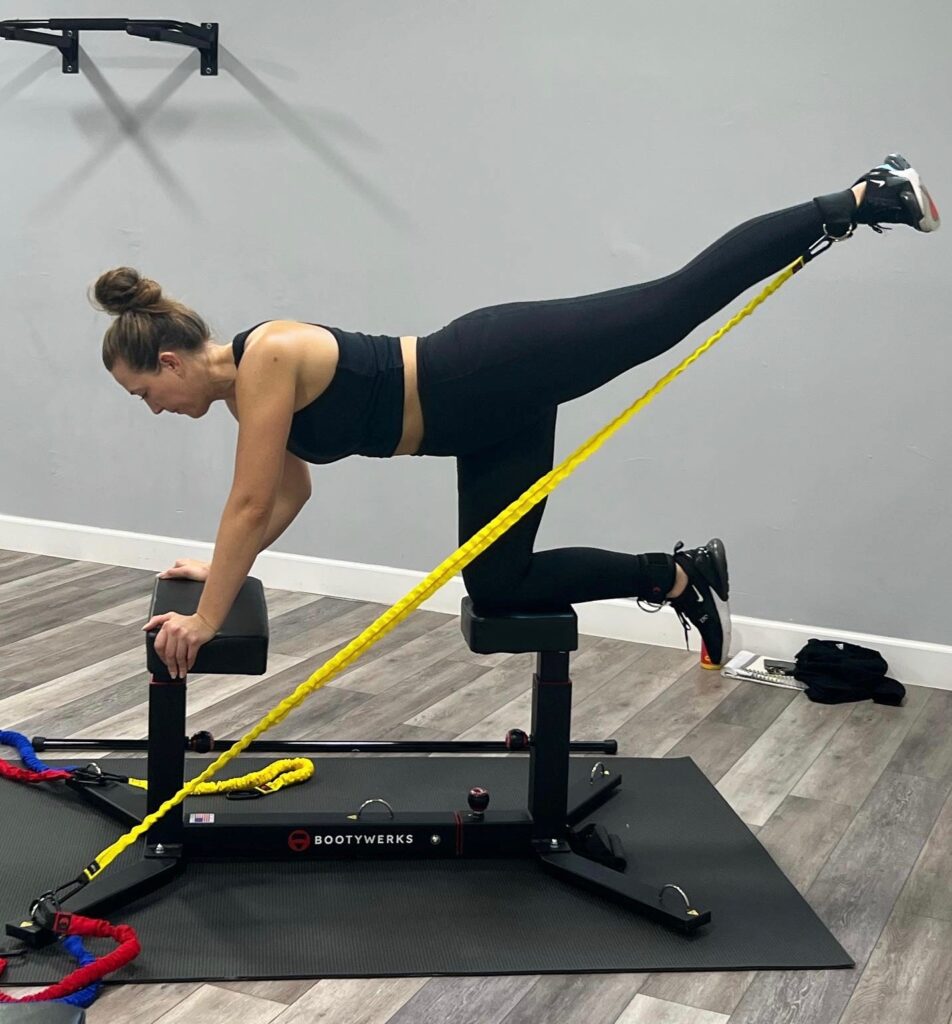
2. Moderate to Heavy Deadlifts: Essential for building strength and volume in the glutes.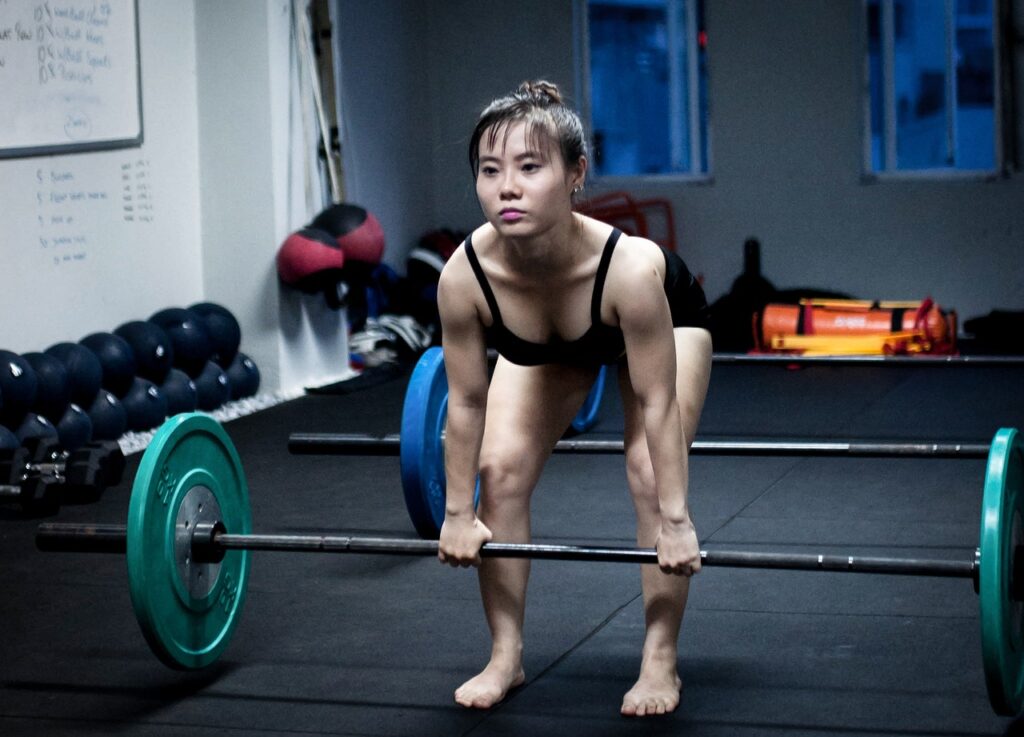
3. Walking Lunges: Great for targeting the glutes and improving overall lower body strength.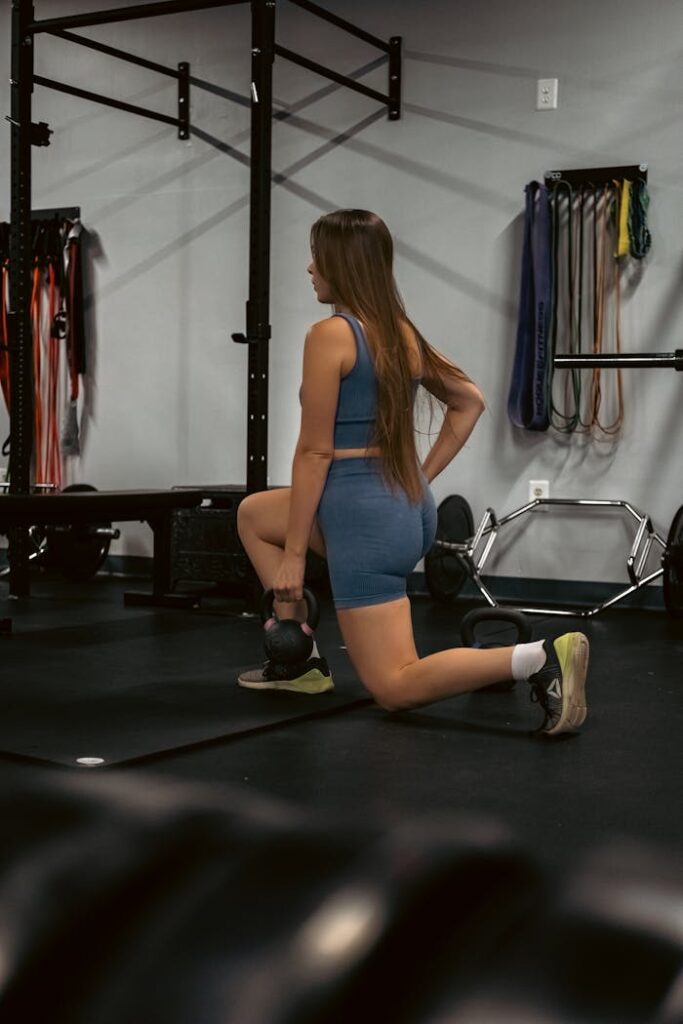
Body Type 2: Narrow Hips with Athletic Build
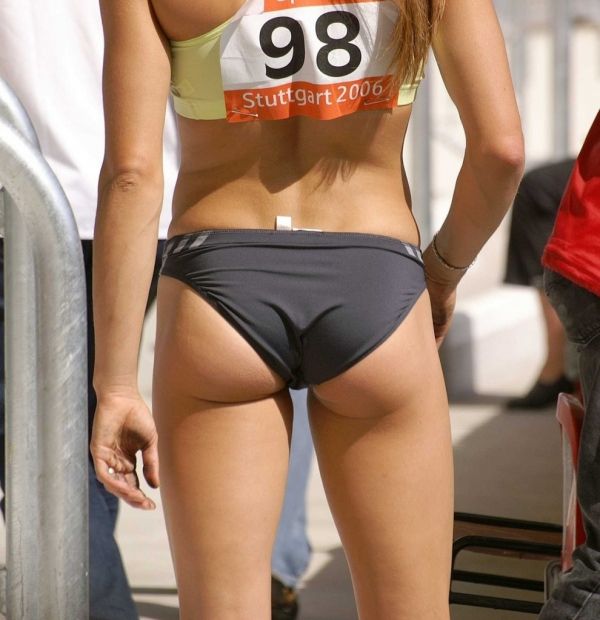
Often referred to as a dancer’s or athletic body type, these individuals have a narrower hip angle but can still store adequate fat around the glutes. They typically have no problem connecting the neuromuscular junction to the glute muscles during squats and lunges, thanks to the position of the femur in relation to the knee and hip. However, without proper training, this body type can lead to noticeable atrophy of the glute muscles.
Recommended Exercises:
1. Back Squats: Ideal for overall lower body strength and glute development.

2. Deadlifts: Focuses on the posterior chain, essential for glute and hamstring development.
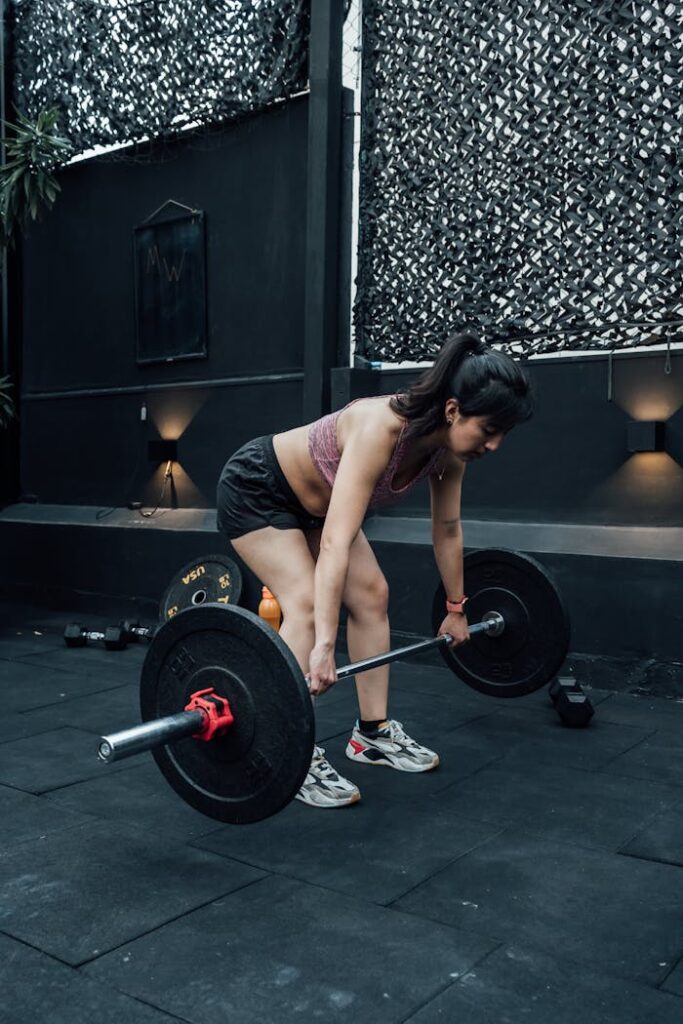
3. Donkey Kicks: in Tri-pedal: Targets the glutes specifically, helping to build muscle and strength.

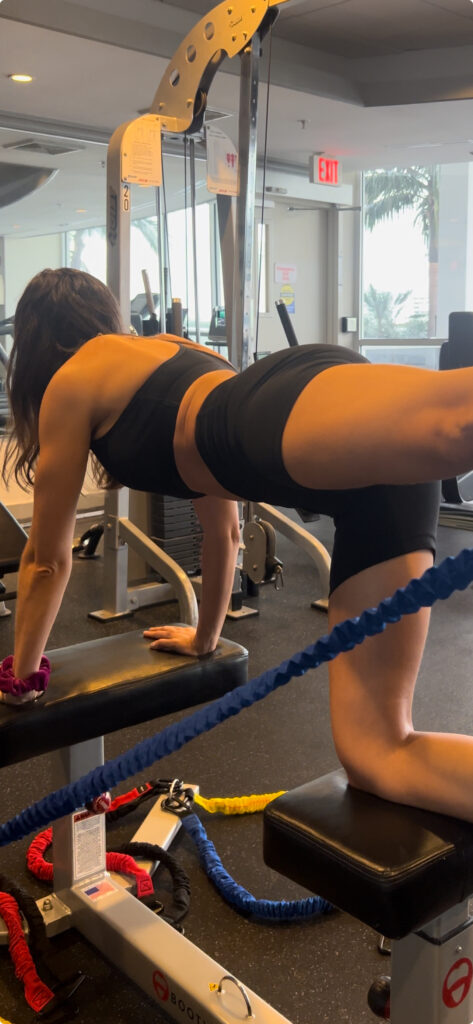
Body Type 3: Wide Hips with Low Body Fat in the Glute Area
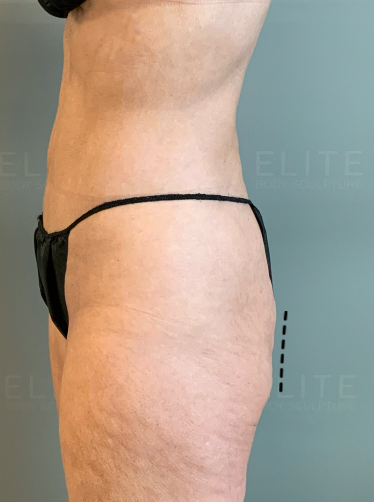
This body type often has a small and weak glute muscle surrounded by some fat but not enough to create a pronounced perk. Individuals with this body type might suffer from “gluteal amnesia,” where the neuromuscular signal to the glutes is weak. This can be improved with physical therapy and targeted exercises to enhance muscle activation.
Recommended Exercises:
1. Low Intensity, Low Resistance Movements: Regain neuromuscular connection with exercises like Full Leg Swings.
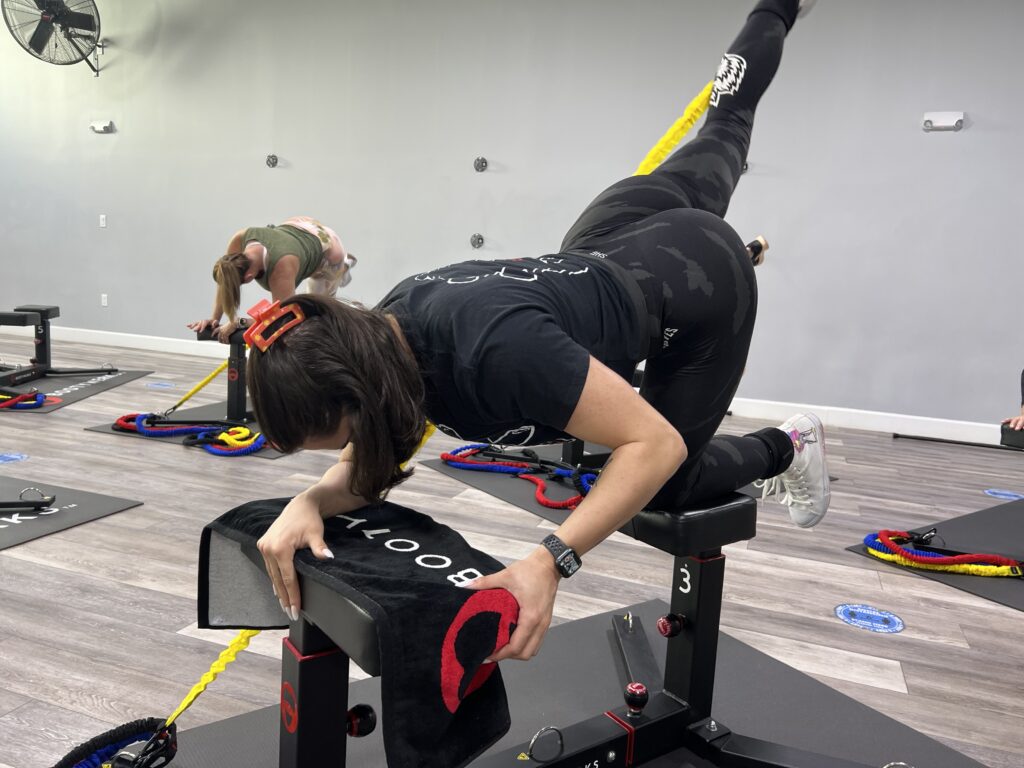
2. Hook Kicks: with a Light Waistband: Helps in activating and strengthening the glutes.
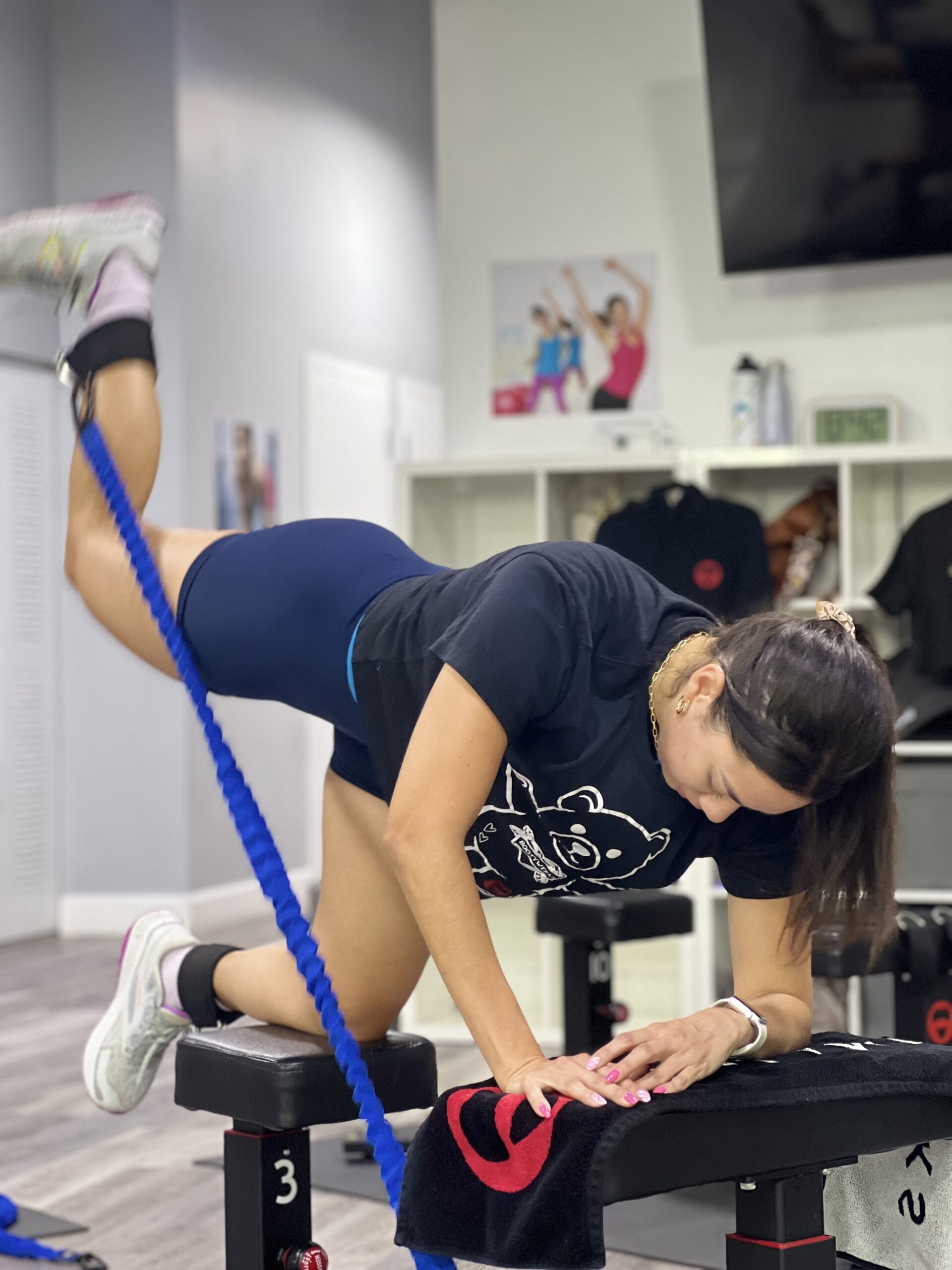
3. Bulgarian Lunges: with a Hinge (B Stance): Focuses on maximizing peak growth of the gluteus maximus.
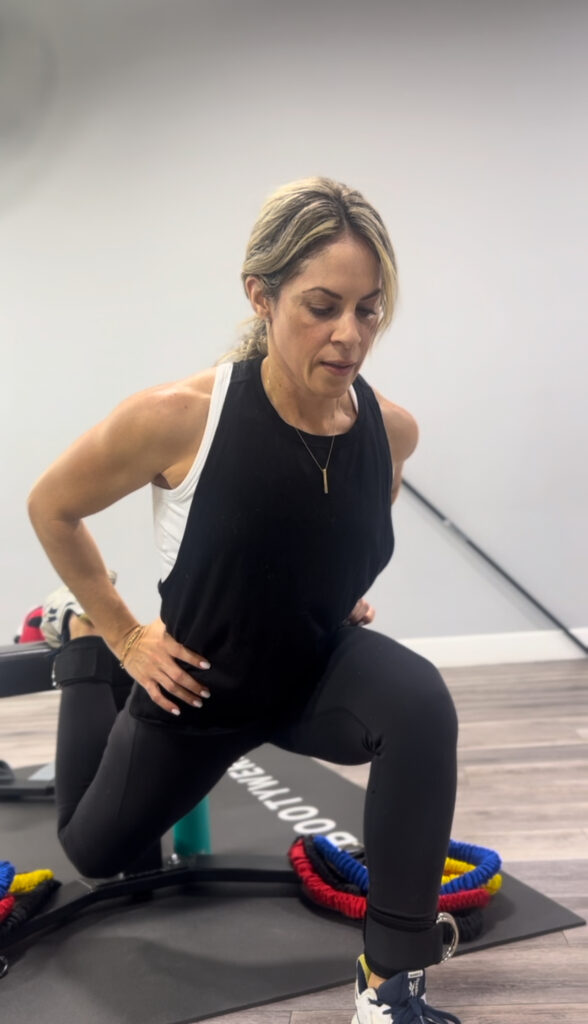
4. Hip Thrust: to build functional power and volume in the Glute Hamistring muscle groups. Make sure to start light then gradually go heavier.
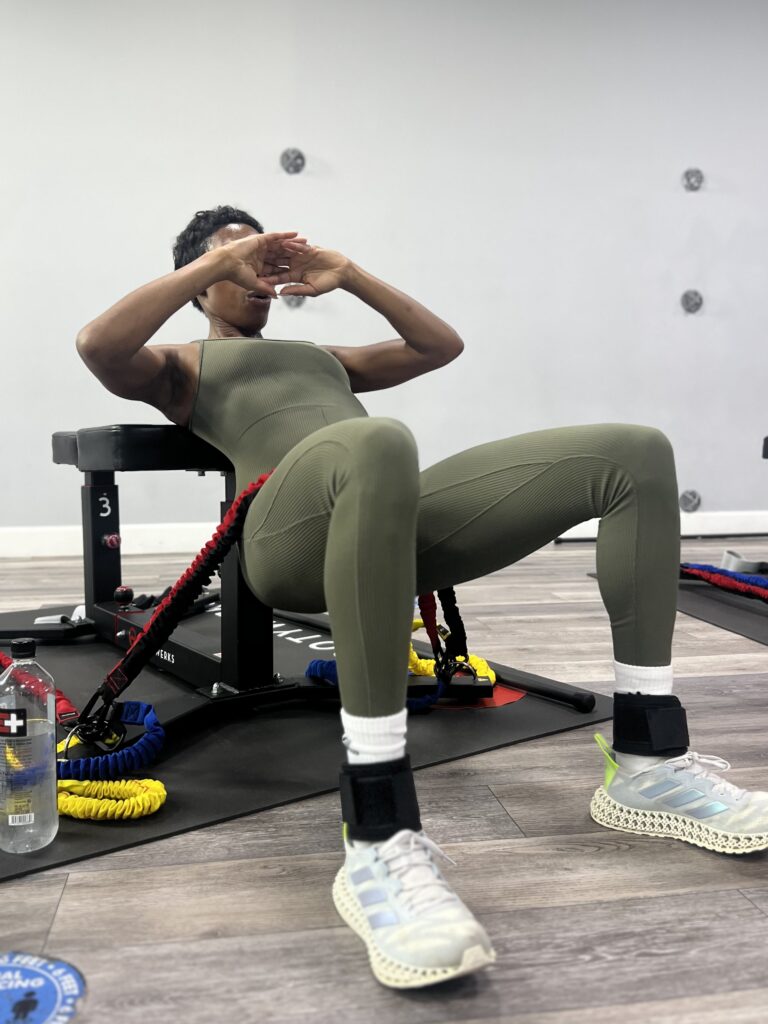
Case Studies and Supporting Evidence
Case Study 1: Enhancing Glute Activation in Women with Wide Hips
A study published in the Journal of Strength and Conditioning Research found that women with wider hips who performed targeted glute exercises, such as heavy deadlifts and walking lunges, showed significant improvements in glute strength and muscle tone over a 12-week period.
Case Study 2: Addressing Gluteal Amnesia
Research from the European Journal of Applied Physiology highlighted the effectiveness of low-intensity resistance training in individuals with gluteal amnesia. Participants who performed specific activation exercises, such as hook kicks and Bulgarian lunges, regained neuromuscular control and saw noticeable improvements in glute size and strength.
Conclusion
This blog highlights extreme versions of common body types, recognizing that many people may fall into combinations of these categories. Understanding your body type and tailoring your glute workouts accordingly is crucial for achieving your desired results. Remember, you are perfect as you are, but there’s nothing wrong with seeking self-improvement. By following these tailored workout recommendations, you can develop your glutes to be the best version of themselves.
For more information, you can explore Journal of Strength and Conditioning Research and European Journal of Applied Physiology for detailed case studies and scientific evidence supporting these findings.
